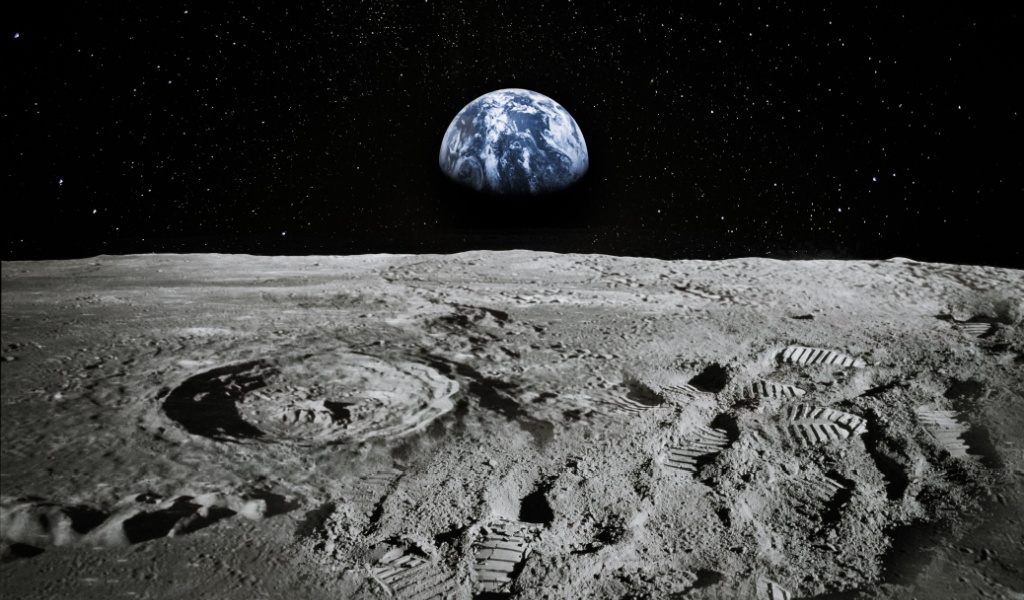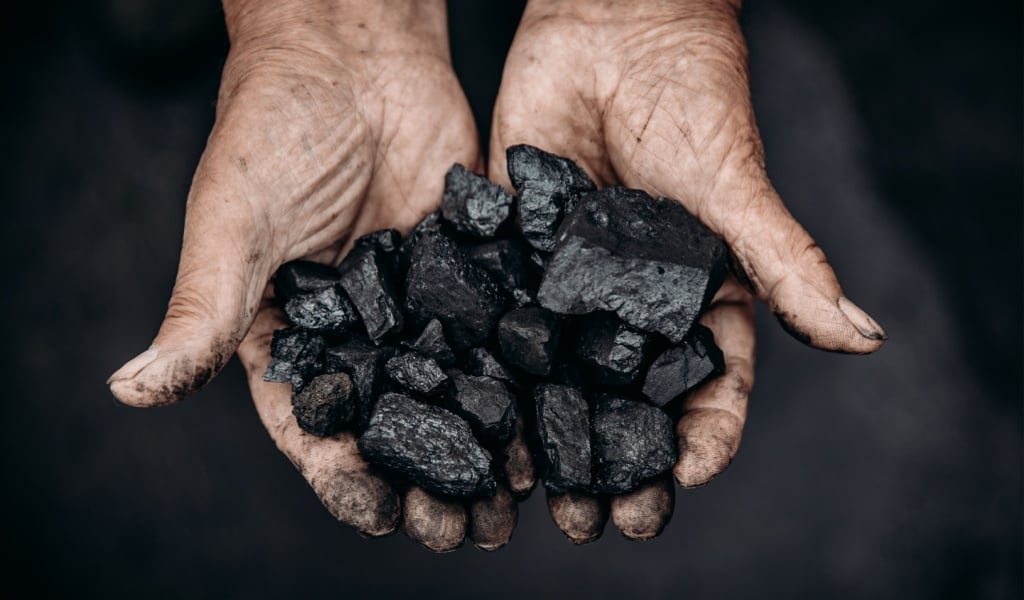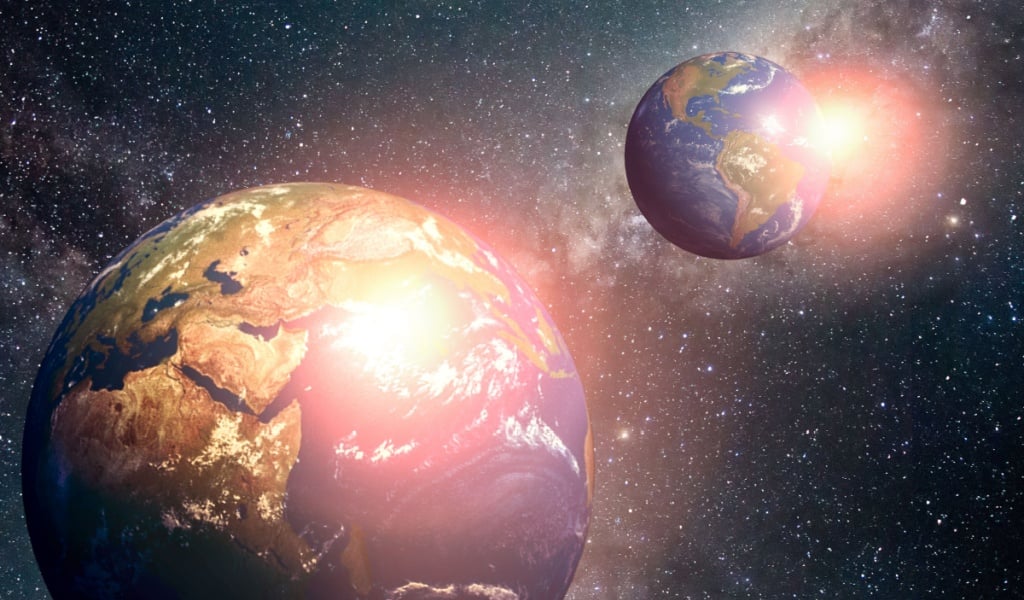Half a century has passed since the Apollo mission, and since we haven’t traveled to the Moon much since then, its composition has remained somewhat of a mystery. However, a significant breakthrough occurred in December 2020 when Chinese scientists launched the Chang’e 5 probe to the Moon, where they discovered a rare lunar crystal on the near side of the Moon.

The importance of lunar samples cannot be stressed enough. They play a crucial role in understanding the Moon’s history. For centuries, theories about the Moon’s formation have been conflicting, but scientists have unraveled the Moon’s birth story thanks to recent missions and computer simulations.
The Moon was born when a dwarf planet collided with Earth millions of years ago. Although cataclysmic, it proved beneficial for our planet because, without the Moon, the oceans on Earth would be far smaller, and life as we know it would not have existed.
The crystal found by the Chang’e 5 probe is transparent and is about the width of a single human hair. It was formed in a region of the Moon that has been volcanically active since about 1.2 billion years ago. Researchers with the International Mineralogical Association have also confirmed that this small lunar crystal has a unique, never-before-seen composition and is related to minerals only found in meteors or on the Moon. One of the key ingredients found in the crystal is helium-3. Scientists believe this can be a rich fuel source for nuclear fusion reactors. Helium-3 is extremely rare on Earth but appears to be prevalent on the Moon. The next mission to the Moon occurred in early 2024 and successfully collected up to 2 kilograms of moon dust and rocks from the far side of the lunar.
Collected by researchers during China’s Chang’e-5 mission in 2020, these lunar rocks were the very first lunar samples to be taken to Earth since 1976 and the first ever lunar sample collected by China. China is also the third country to discover a new lunar mineral, the other two being the United States and the former Soviet Union. Researchers got this crystal from about four pounds of lunar rocks and delivered them safely to Earth. It was named the phosphate mineral Changesite-(Y) by the Beijing Research Institute of Uranium Geology. It was named after the mythical Chinese goddess of the Moon, Chang’e.
This groundbreaking discovery has given scientists great hope of discovering a source of unlimited power for the world. This new type of crystal was found nestled amidst the volcanic debris on the Moon’s near side. It is hoped that this crystal will serve as a potential fuel source that can revolutionize the production of efficient and clean energy on Earth.
This rare crystal is made from material that was previously unknown to the scientific community. It contains a key ingredient for the nuclear fusion process, a type of power generation that uses the same forces that fuel the sun and numerous other stars in the galaxy.
This mineral sample, a single crystalline particle with a diameter of 10 microns, was carefully and manually separated from over 140,000 particles and analyzed by researchers through advanced mineralogical techniques. The discovery of this mineral will help researchers study more about the history and physical characteristics of the Moon.

Scientists have been intrigued by helium-3 for decades, mainly due to its potential fuel source for nuclear fusion. In layperson’s terms, nuclear fusion is the type of energy produced when two light atoms merge into a heavier atom under extreme pressure and heat. This phenomenon occurs naturally in the interior of stars. However, humans are still working on a fusion reactor that can create more energy than what was put into it.
Current fusion reactors typically use tritium and deuterium, but the byproducts created are challenging to contain. Furthermore, the energy loss from the reaction is also immense and exceeds the energy that can be extracted. Since helium-3 is an isotope that is the only stable element with more protons than neutrons, it serves as the ideal solution to this problem. When helium-3 and deuterium are mixed, the reaction creates helium and a single proton, making it easier to deal with than the other alternatives.
This reaction is precisely what makes this finding a groundbreaking one; it is because helium-3 is a promising source of fuel for fusion. Since this element is only available in minimal quantities on Earth, the fact that it is available abundantly on the Moon is worthy of cautious celebration. The lunar crystals are believed to have been deposited directly onto the lunar soil for billions of years by solar winds, according to the European Space Agency (ESA).
However, it produces much less nuclear waste and radiation than other elements. With the current nuclear fission process used in nuclear power plants, it’s not just energy that is released but radioactivity, too. The spent nuclear fuel must then be reprocessed into plutonium, uranium, and other waste. This process has its fair share of safety concerns, and scientists have been trying to figure out a solution to create nuclear power from nuclear fusion instead of fission.
Even without any viable reactors to put it in, helium-3 has undoubtedly sparked a race for uncovering lunar resources. It is believed that about 25 tones of helium-3, equivalent to a completely loaded Space Shuttle cargo bay, can power the entire United States for a year. As per estimates, helium-3 has a potential economic value at a staggering sum of $3bn a ton. Therefore, it is no surprise that numerous private companies and countries with space agencies have expressed interest in mining the Moon for helium-3.
This discovery is expected to kickstart the global race to plunder the Moon’s mineral resources. This raises concerns about a future where the Moon’s resources are as exploited as the Earth’s currently are, which has already led to several catastrophic weather and natural phenomena. Therefore, given the knowledge about the history of commercialization of natural resources and its consequences, there is a need to emphasize the ethical and considerate use of any resources that may be uncovered on the Moon.



